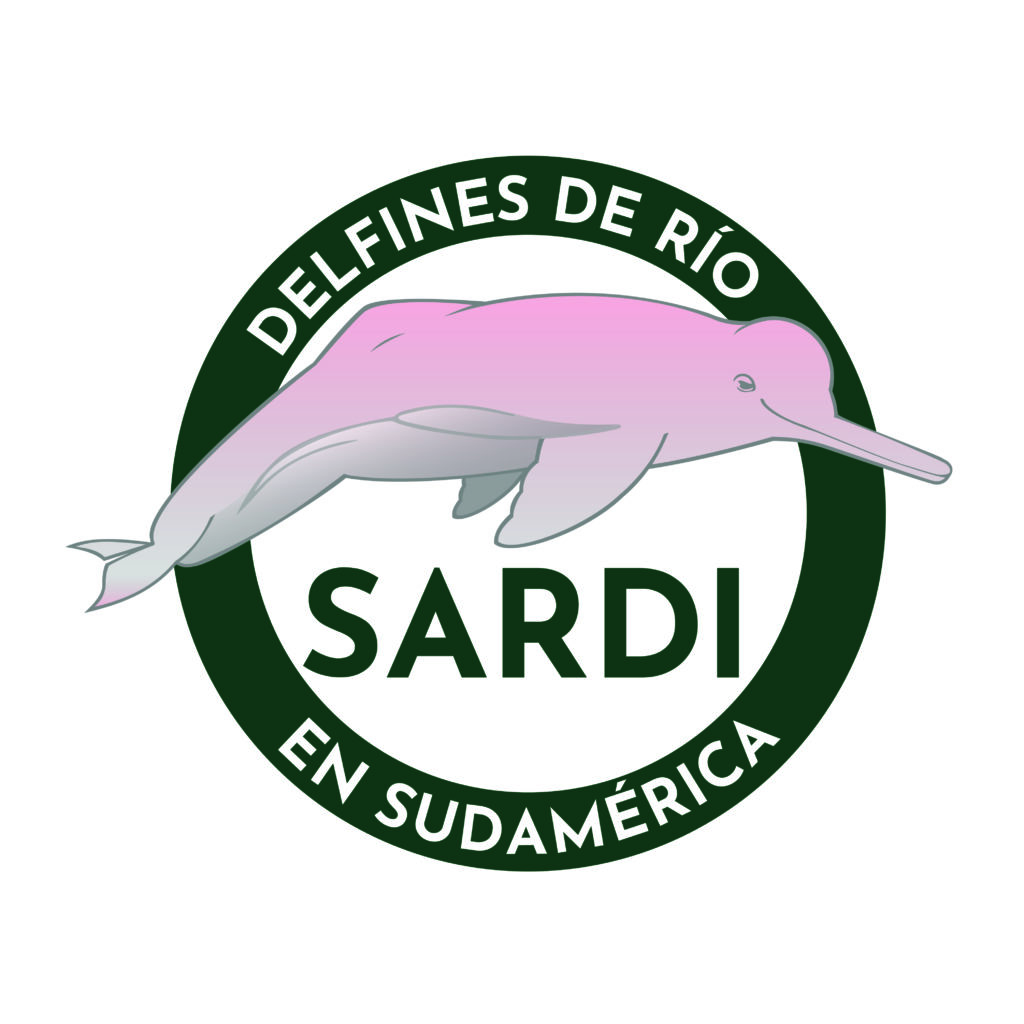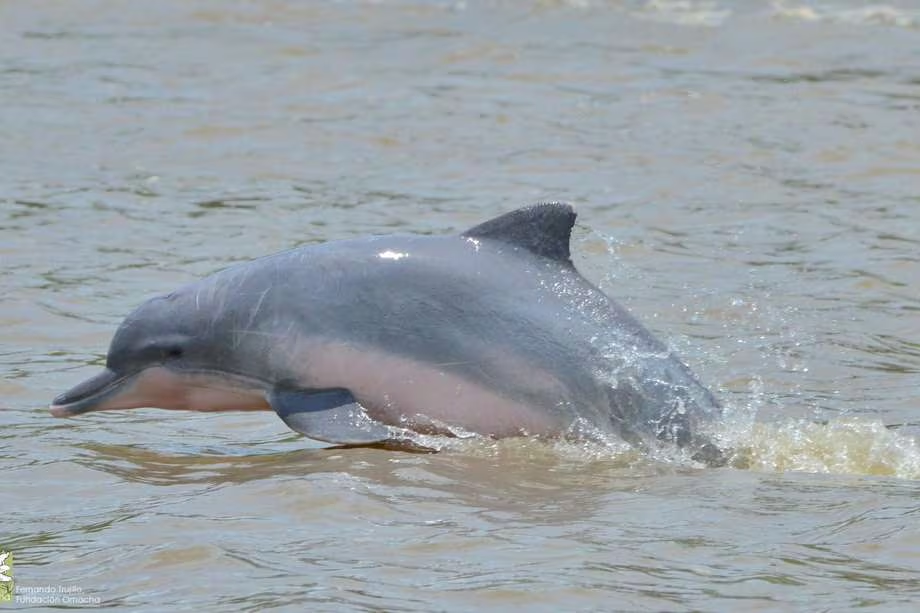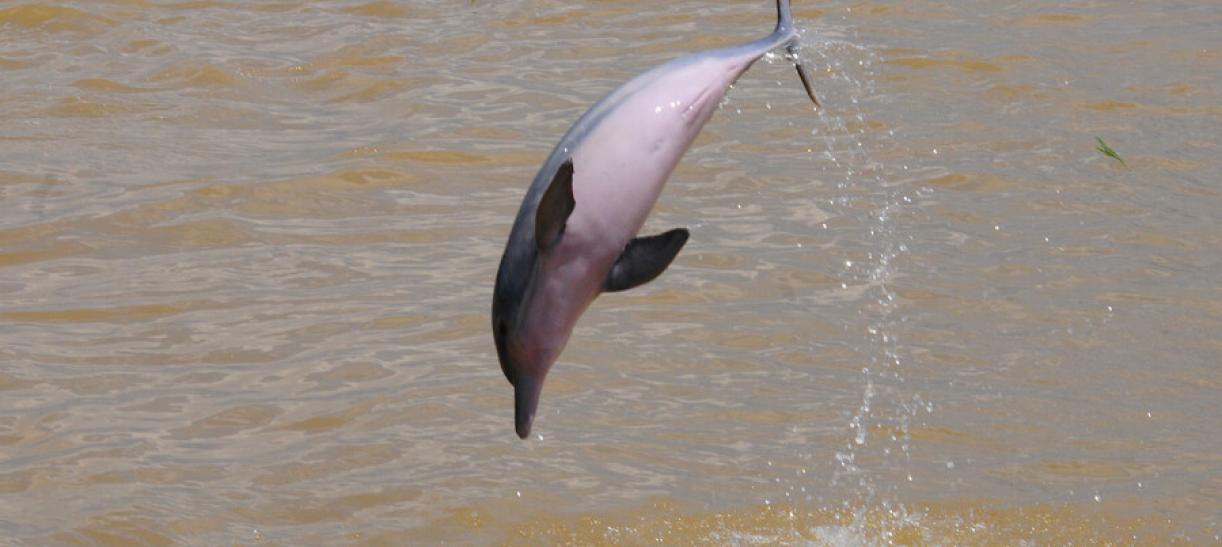– Expedition Guaviare 2021, which brought together 20 researchers from different universities and organizations, cruised 410 kilometers of the Guaviare river in the Amazon biome, with support from WWF and Omacha Foundation.
-This is the first scientific expedition to analyze the abundance of river dolphins since the pandemic’s outbreak.
-During the voyage, the researchers also analyzed species of freshwater macroinvertebrates, butterflies, dragonflies, fish, amphibians, reptiles, birds, bats, and plants.
As in most countries around the world, conservation efforts and fieldwork have also been affected in Colombia due to Covid-19. However, a year after the pandemic’s outbreak, 20 researchers embarked on Expedition Guaviare 2021, a ten-day journey to carry out the first biological characterization of that particular section of the Guaviare river and to analyze the abundance of its dolphins. The objective of the expedition was to generate scientific information and analyze what has happened during these months in strategic regions of the Amazon biome.
The expedition covered 410 kilometers, from the city of Inírida (department of Guanía) until the municipality of Barranco Minas, in the Amazon biome. For decades, this section of the river remained out of bounds for science as a result of Colombia’s armed conflict. But WWF and Omacha Foundation brought together 20 researchers from different universities and organizations in the country, as well as several local researchers. Preliminary data shows 700 species of plants, 40 samples of macroinvertebrates, 71 species of fish, 18 amphibian species, 20 reptile species, 186 bird species and 6 bat species.
During the expedition, and with the leadership of Omacha Foundation, researchers observed 188 pink dolphins, Inia goeffrensis, classified as endangered (EN). As part of the satellite tagging program of the South American River Dolphin Initiative (SARDI), the team installed a new satellite transmitter in a female dolphin, and the device is currently transmitting its movements and habitat use (as well as its calf’s) in the Guaviare river. This transmitter will be essential to better understand the reproduction and rearing sites of this species of freshwater cetaceans in the region.
Illegal gold mining and the use of mercury is one of the main threats in the area. Therefore, researchers took tissue samples from this female and its calf, as well as from 72 fish from different species, to detect the presence of mercury. The goal is to obtain data to better understand the impact of this metal on local communities and ecosystems, providing an important input for a monitoring program that the local environmental authority (CDA) is developing. CDA’s program will gauge mercury concentrations in sediments, water, and fish to take the corresponding measures.
According to Saulo Usma, WWF Colombia’s Freshwater Specialist and the person who led the expedition, “it is very important to maintain efforts to broaden our knowledge of river dolphins and to develop actions that ensure their conservation and that of their habitats. In this case, it is essential because we had not been able to enter this region in years due to issues of public order, and now we will have data to fill information gaps about its flora and fauna and about the impacts of mining in its wetlands and forests. We hope that these findings will enhance the conservation of river dolphins and other species, which is one of SARDI’s main objectives.”
Specialists from the following organizations participated in Expedition Guaviare 2021: Corporación Ambiental CDA, Governorship of Guainía, Omacha Foundation, Sinchi Institute, Universidad del Tolima, Universidad de Ibagué, Universidad del Quindío, Proterra, Fundación Paisajes Rurales, Manakin Nature Tours, and WWF Colombia. Likewise, indigenous and campesino representatives of the Estrella Fluvial Inírida Ramsar Roundtable and ACEFIN formed part of the expedition. In total, 34 members of the expedition and seven crewmembers sailed during 10 days on the Expreso Inírida.





